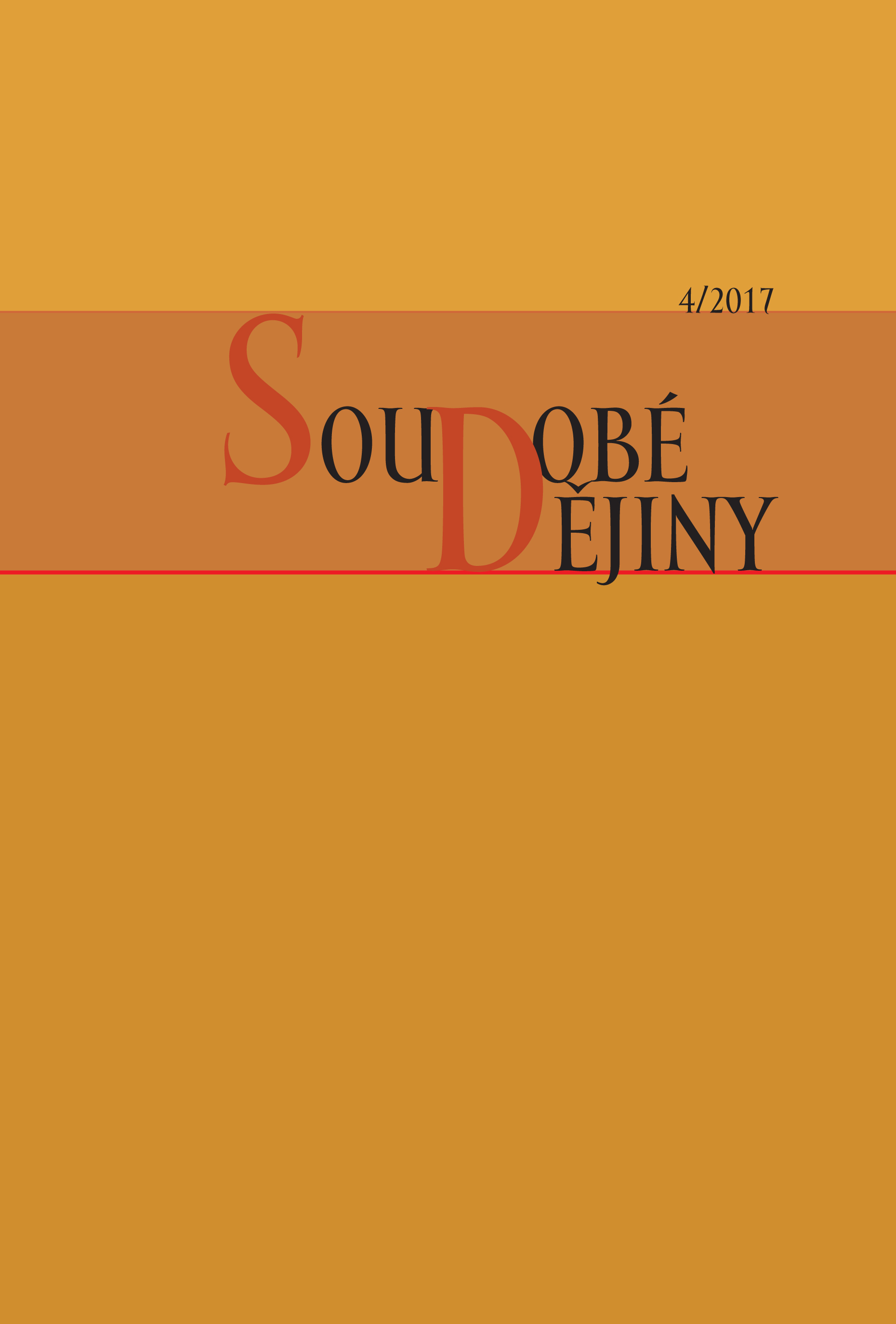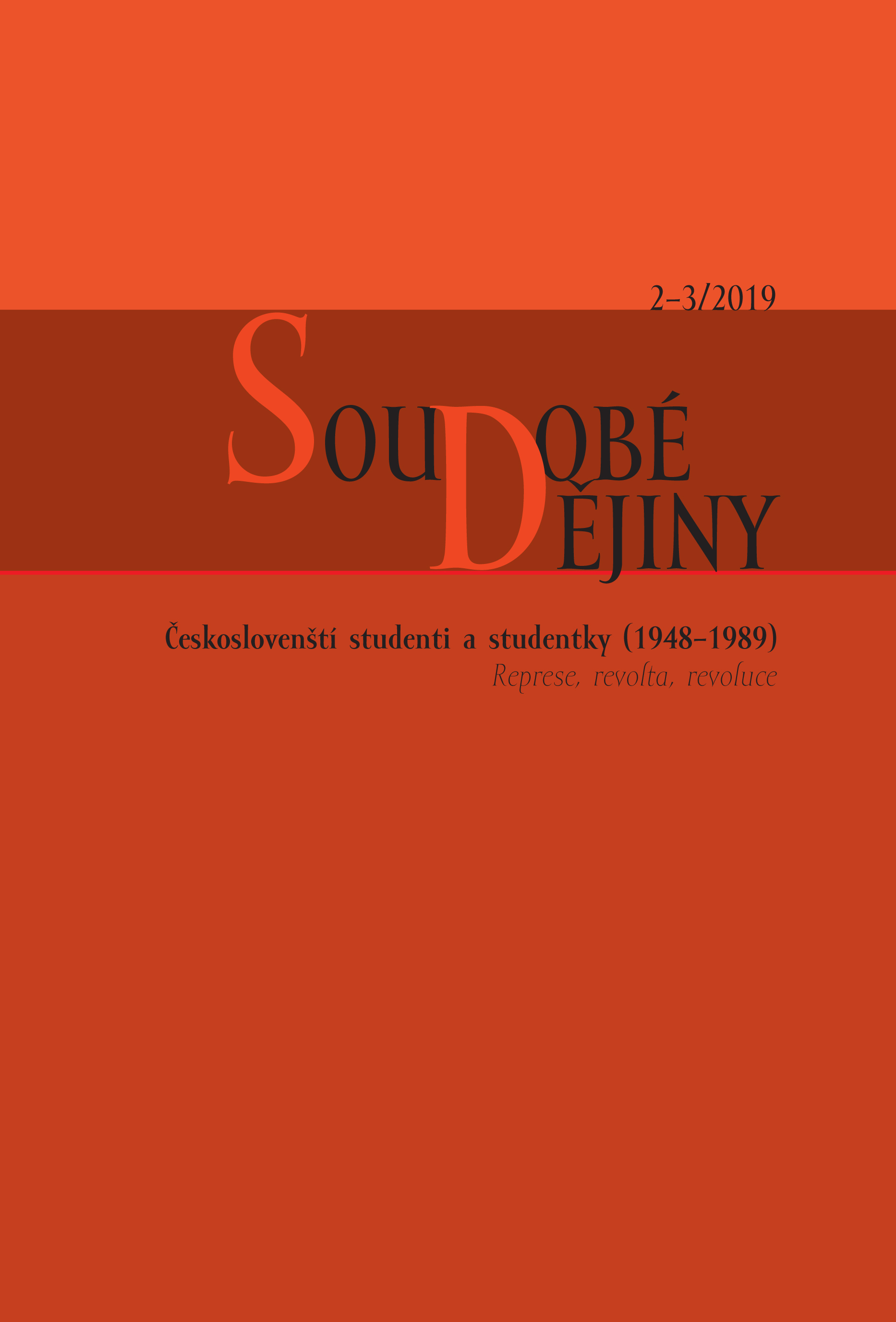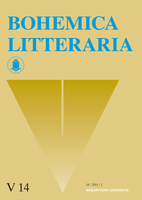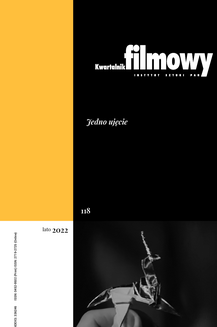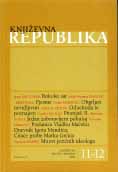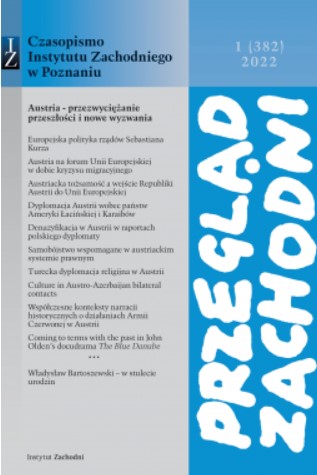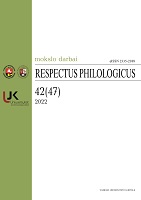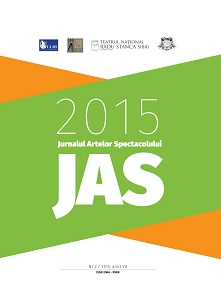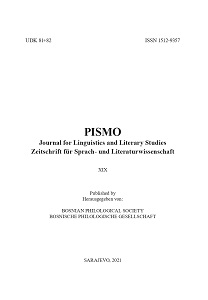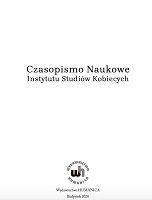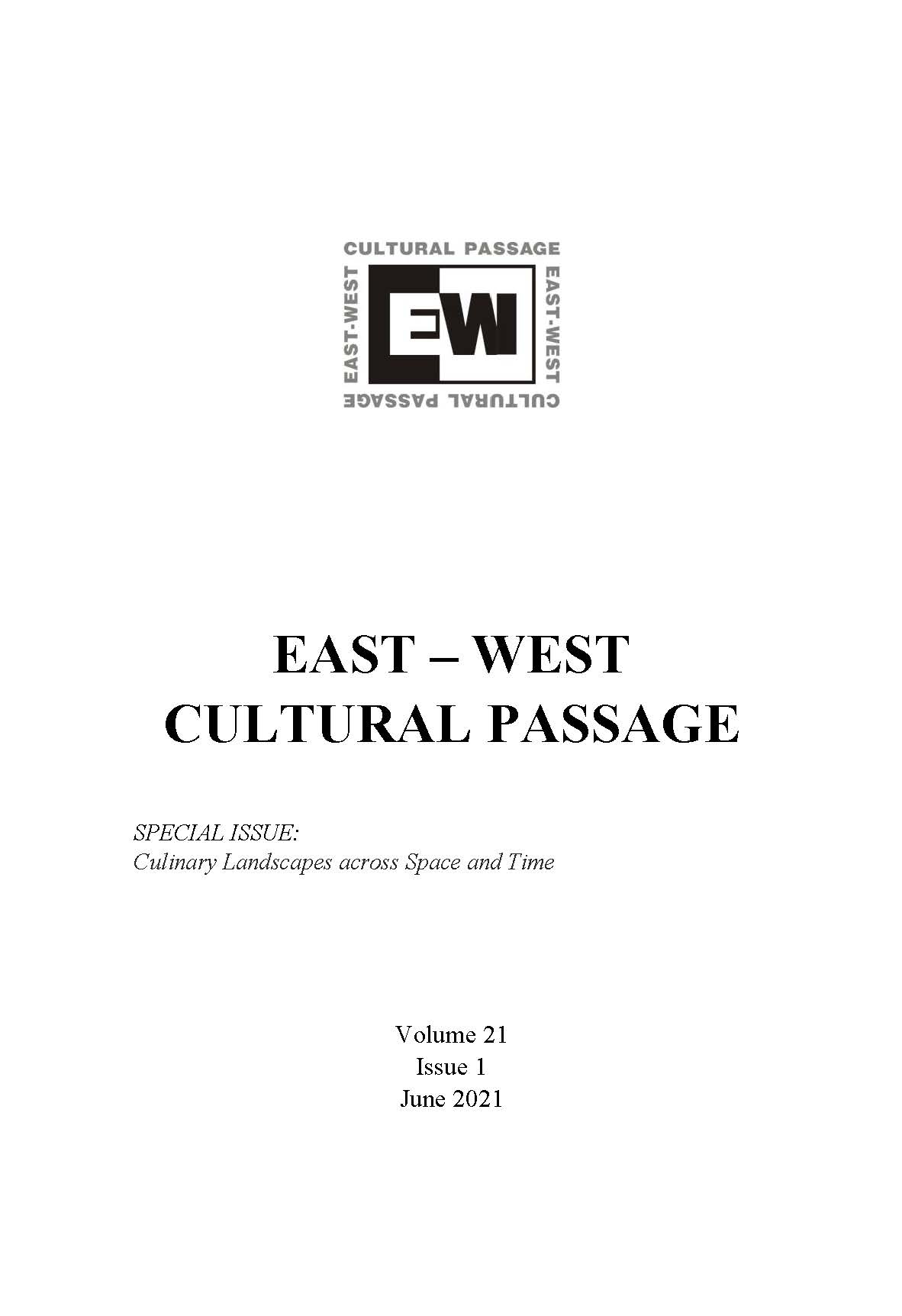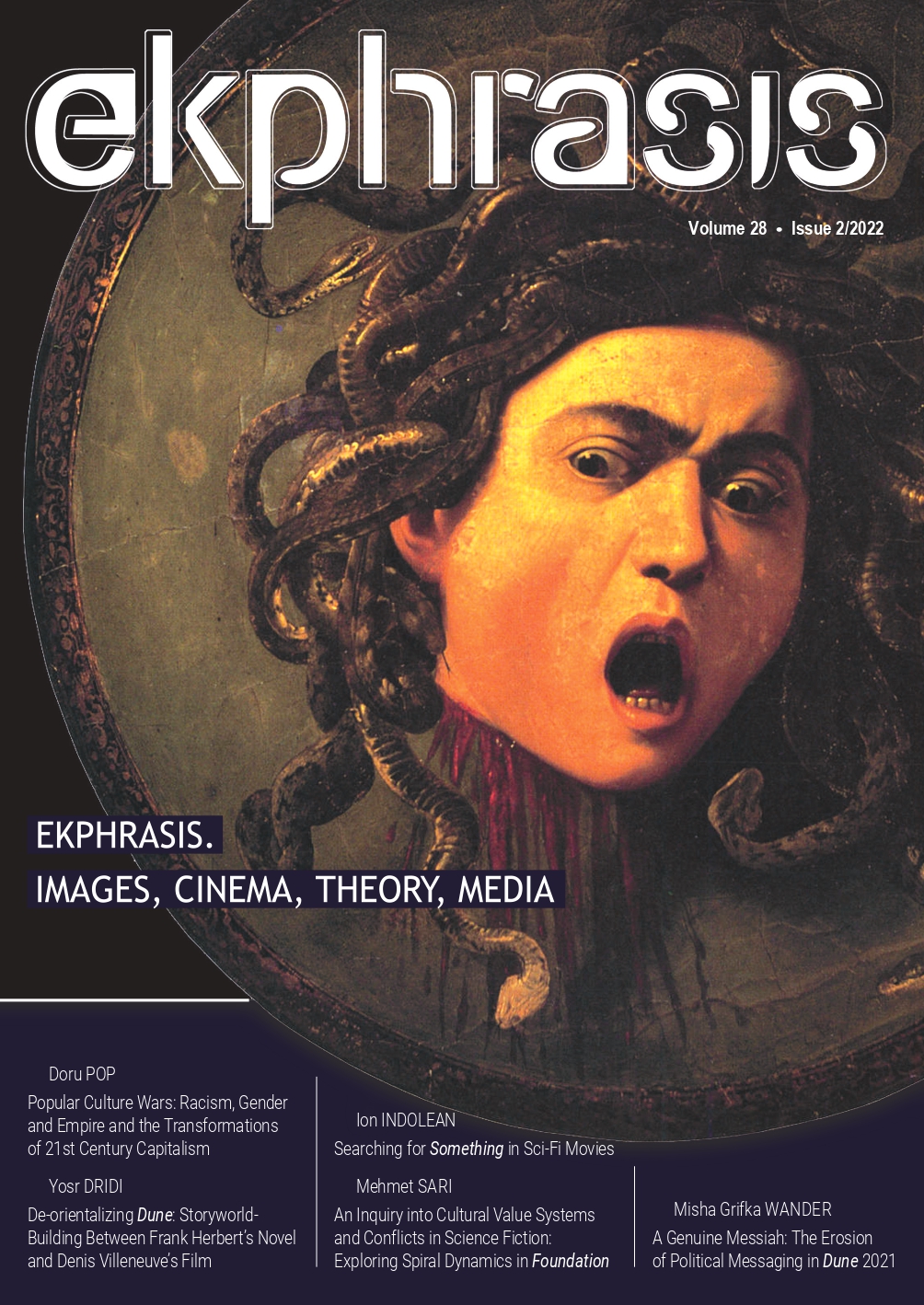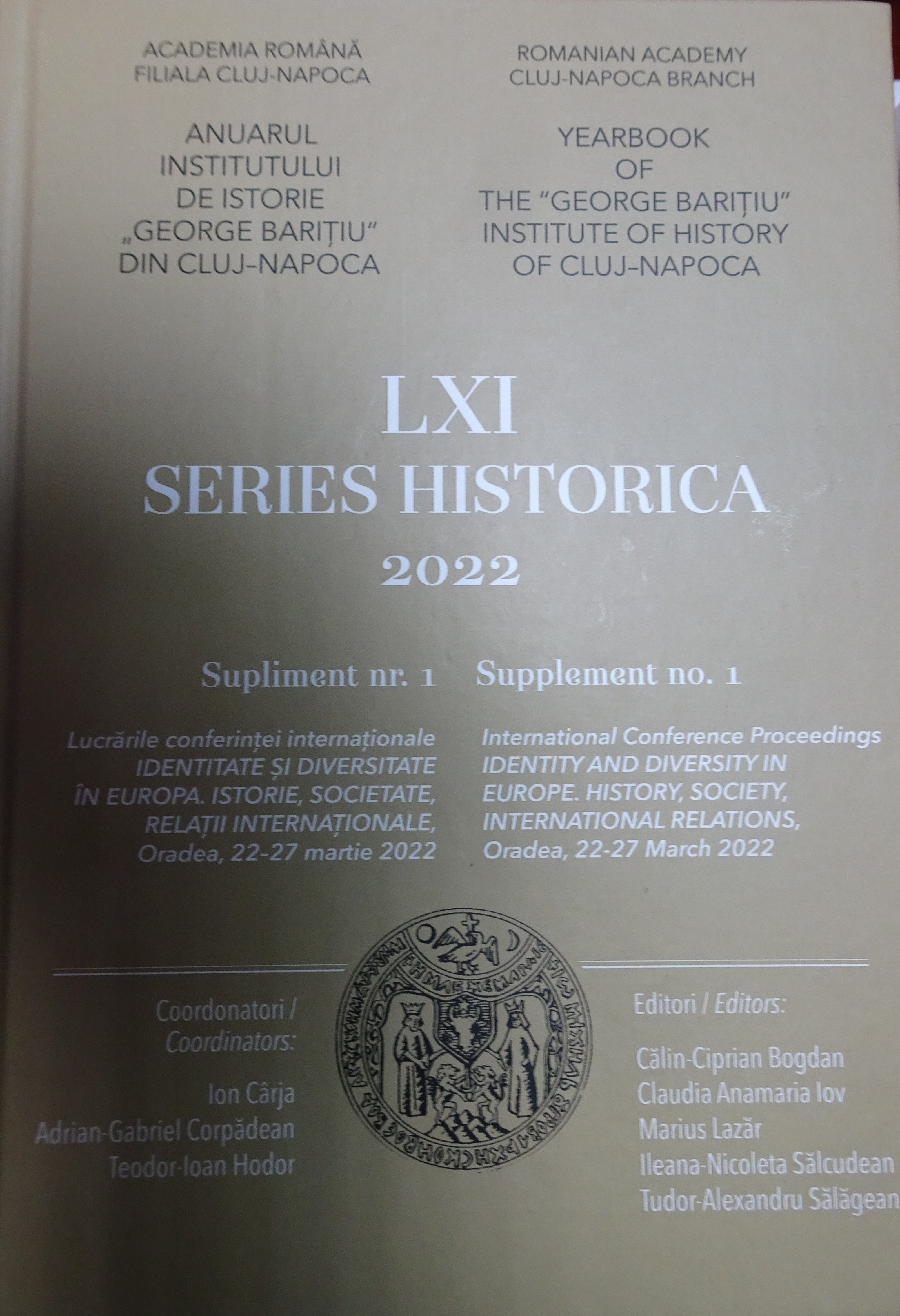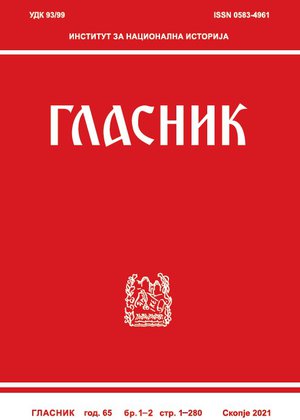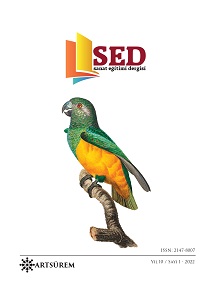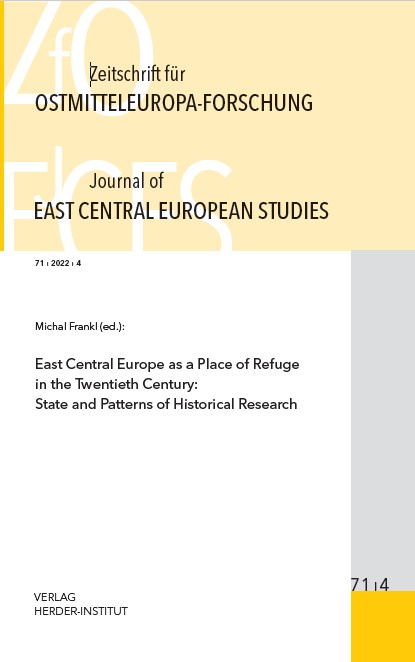Author(s): Karol Szymański / Language(s): Czech
Issue: 2+3/2019
In his study whose Polish title, namely “Degeneracja fantazmatu homoseksualnego w znormalizowanej kinematografii czechosłowackiej: Od Krawca i księcia VáclavaKrški (1956) do Chłopaków z brązu Stanislava Strnada”, published in Studia z Dziejów Rosji i Europy Środkowo-Wschodniej, Vol. 52, No. 2 (2017), pp. 79–146, the author analyses the depiction of male homosexuality and nudity in Czechoslovak films during the Communist regime. The topic is examined in a broader context of sociopolitical developments and Czechoslovak film production after WW2. In doing so, the author makes an assumption that an analysis of such seemingly marginal or surficial phenomen a can open a way to more substantial characteristic features of the period. The study, inspired, in particular, by concepts of thinkers, such as Michel Foucault, Marc Ferro or Siegfried Kracauer, and some cinema historians, focuses on two movies of film directors known to be homosexuals – Václav Krška’s Labakan (1956) and Stanislav Strnad’s Bronze Boys (1980), its aim being to compare how homosexual phantasm were sublimed in an art form and transferred to the screen in two historical moments; at the time of the start of the de-Stalinisation process and of breaking up of cultural schemes of Socialist realism in the early second half of the 1950s, and in the middle of the so-called normalization period during the rule of Gustáv Husák (1913–1991). Using the above as the basis, he attempts to follow the symptomatic qualitative transformation in the ways and functions of the film depiction of homosexual motifs, which he describes as a degeneration, as it reflected the motifs’ expropriation, “redirection”, and use by the totalitarian regime. The author present the creative world of Václav Krška (1900–1969) with a variety of more or less hidden homosexual signals, hints, and undertones, and the specific place which the Czechoslovak-Bulgarian adaptation of the oriental fairytale Labakan occupies in it. He argues in favour of a concept that Krška, through his refined aesthetic stylisation, created a refuge of intimate freedom and “savoir vivre” for himself and his spectators, a refuge where one could be relieved from pressures of the oppressive regime, and also made a gesture of resistance against and disagreement with the hetero-normative world. On the other hand, the movie The Bronze Boys by Stanislav Strnad (1930–2012) from a military-athletic environment is, in the author’s eyes, ranks among mainstream film creations popularising the topic of Czechoslovak Spartakiads and thus serving “soft” propaganda and indoctrination purposes. In connection with the above, the author focuses on impressive massperformances of soldiers in the Strahov arena during the Spartakiads and, through an analysis of their specific aesthetics and symbolism, shows how, alongside the instrumentalisation of genders and eroticism, codes of homosexual behaviour and desires were inhibited and used for official ideological purposes. He thus draws a conclusion that while homosexual phantasms in Krška’s work could still stimulate a unique creative expression and represent inner resistance or subversive attitudes, they were manipulated and expropriated by the ruling power and incorporated into the system’s “normalisation” procedures twenty years later.
More...
